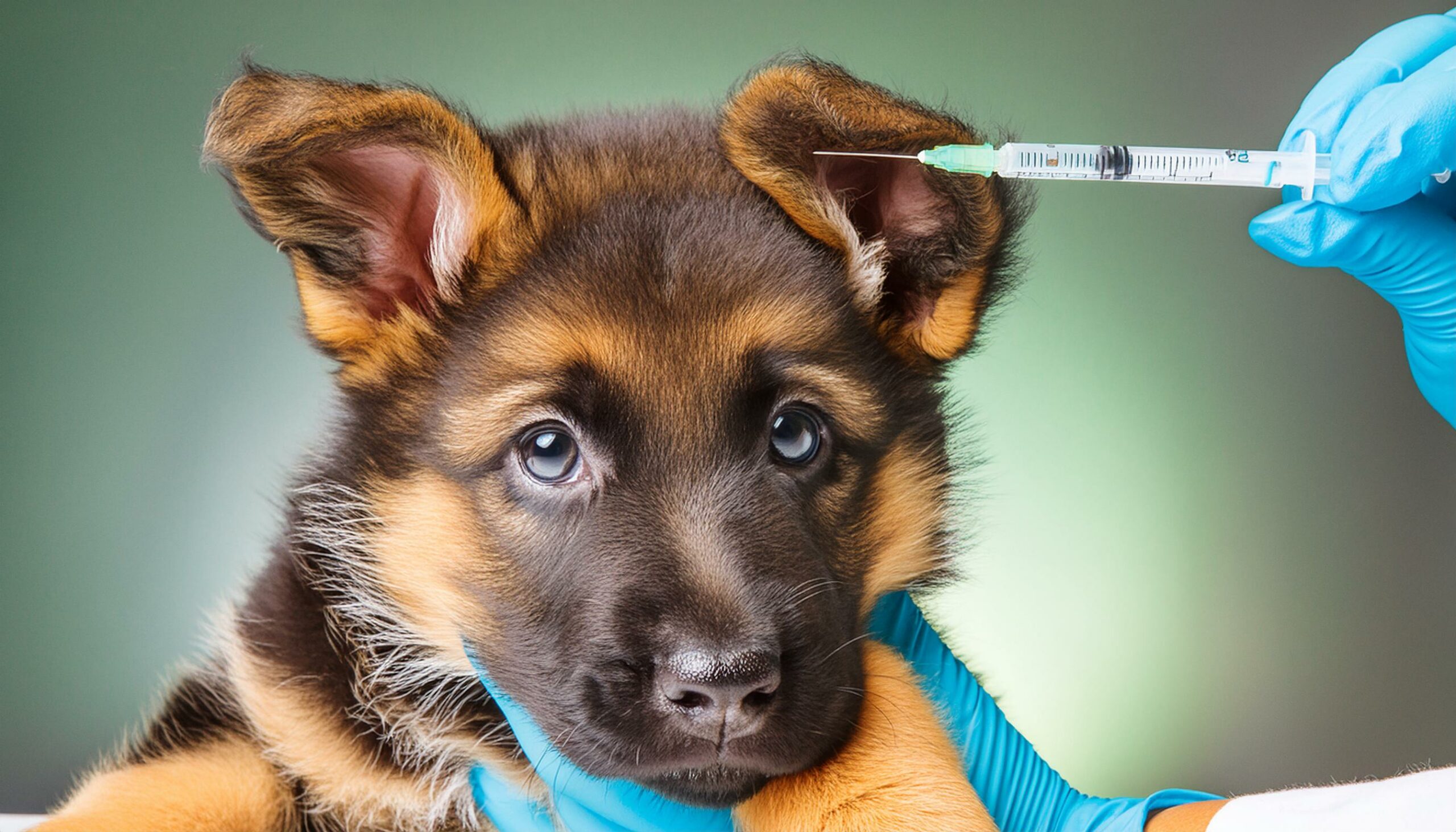Identifying a German Shepherd puppy is crucial for anyone considering adding this intelligent and loyal breed to their family. German Shepherds are renowned for their versatility, making them popular choices as working dogs, family pets, and companions. However, distinguishing a German Shepherd puppy from other breeds requires an understanding of their distinctive physical traits, temperament, and behavior. In this comprehensive guide, we’ll explore the various aspects involved in identifying a German Shepherd puppy, helping you make an informed decision when selecting your new furry friend.
Appearance Characteristics
German Shepherd puppies possess several unique physical traits that distinguish them from other breeds. Their medium to large-sized bodies are robust and well-muscled, reflecting their strength and agility even at a young age. When identifying a German Shepherd puppy, pay attention to the following appearance characteristics:
- Coat Color and Texture: Most German Shepherds have a double coat consisting of a dense, straight outer coat and a thick undercoat. Common coat colors include black and tan, sable, and solid black.
- Ear Shape and Size: German Shepherd puppies typically have erect ears that stand up as they mature. However, some puppies may have floppy ears during the early stages of development.
- Tail Characteristics: Their tails are bushy and moderately long, usually reaching down to the hock. When relaxed, the tail hangs straight or with a slight curve.
Body Structure
The body structure of a German Shepherd puppy is another key indicator of its breed. These dogs have a balanced build with proportions that reflect their athleticism and strength. Consider the following aspects when assessing a puppy’s body structure:
- Proportion and Build: German Shepherds have a slightly elongated body with a strong, straight back. Their chest is deep and spacious, allowing for ample lung capacity.
- Size and Weight Considerations: While size can vary, most German Shepherd puppies weigh between 50 to 90 pounds and stand between 22 to 26 inches tall at the shoulder when fully grown.
Facial Features
The facial features of a German Shepherd puppy are often striking and expressive, reflecting the breed’s intelligence and alertness. When identifying a German Shepherd based on facial characteristics, look for the following:
- Muzzle Shape and Length: Their muzzle is long and strong, tapering gradually from the base to the nose. It should appear proportionate to the rest of the head.
- Eye Color and Shape: German Shepherd puppies typically have dark brown eyes that are almond-shaped and set moderately apart. Avoid puppies with excessively round or bulging eyes.
- Expression and Alertness: A German Shepherd’s expression is often attentive and focused, reflecting their keen intelligence and strong bond with their human companions.
Behavior and Temperament

Observing a puppy’s behavior and temperament is crucial when identifying a German Shepherd. While individual personalities may vary, there are certain behavioral traits that are characteristic of the breed:
- Temperament Cues: Look for signs of confidence, curiosity, and eagerness to engage with their surroundings. German Shepherd puppies are known for their alertness and quick learning abilities.
- Social Behavior Indicators: They should exhibit a healthy level of sociability with humans and other animals, showing interest without excessive shyness or aggression.
- Energy Levels and Activity: German Shepherd puppies are typically energetic and playful, but not hyperactive. They enjoy physical activity and mental stimulation, thriving in environments that provide both.
Health Considerations
Ensuring the health and well-being of a German Shepherd puppy is paramount. While the breed is generally robust, they may be prone to certain health issues. When assessing a puppy’s health, consider the following:
- Common Health Issues: German Shepherds may be susceptible to conditions such as hip dysplasia, degenerative myelopathy, and bloat. Ask the breeder about the puppy’s medical history and any health clearances.
- Signs of a Healthy Puppy: Look for puppies with clear eyes, a shiny coat, and a lively demeanor. They should have good muscle tone and exhibit normal breathing patterns.
Breeder Reputation and Certification
When acquiring a German Shepherd puppy, it’s crucial to choose a reputable breeder who prioritizes the health and welfare of their dogs. Consider the following factors when evaluating breeders:
- Importance of Reputable Breeders: Reputable breeders adhere to high standards of ethical breeding practices, ensuring the physical and behavioral soundness of their puppies.
- Certification and Health Clearances: Responsible breeders conduct health screenings on their breeding dogs to identify potential genetic conditions. They provide documentation of health clearances and certifications from veterinary professionals.
Adoption Considerations
While purchasing from a breeder is one option, adopting a German Shepherd puppy from a shelter or rescue organization is another worthy choice. Keep the following considerations in mind when adopting:
- Adopting from Shelters or Rescues: Many German Shepherds end up in shelters or rescue organizations due to unforeseen circumstances. Adopting from these sources not only provides a loving home for a deserving dog but also helps alleviate overcrowding in shelters.
- Evaluating Rescue Organizations: Research rescue organizations thoroughly, ensuring they have a positive reputation and prioritize the well-being of their animals. Ask about the adoption process, temperament assessments, and any medical care provided.
Conclusion
Identifying a German Shepherd puppy requires a keen eye for detail and an understanding of the breed’s distinctive characteristics. By considering factors such as appearance, body structure, facial features, behavior, health, breeder reputation, and adoption options, you can make an informed decision when selecting your new canine companion. Whether you choose to purchase from a breeder or adopt from a shelter, responsible ownership is key to ensuring a happy and healthy life for your German Shepherd puppy.
Unique FAQs
How can I tell if a German Shepherd puppy is purebred?
While DNA testing is the most accurate method, purebred German Shepherd puppies typically exhibit breed-specific traits such as distinct coat colors, body structure, and temperament.
What should I look for in a German Shepherd puppy’s parents?
Ideally, the parents should have a stable temperament, good health, and proper conformation to the breed standard. Health clearances for genetic conditions should also be available.
Are German Shepherd puppies good with children?
When properly socialized and trained, German Shepherds can be excellent companions for children. However, supervision is always recommended, especially with young children and puppies.
How much exercise does a German Shepherd puppy need?
German Shepherd puppies require regular exercise and mental stimulation to thrive. Aim for at least 30 to 60 minutes of physical activity per day, along with mental challenges such as training and interactive play.
What is the average lifespan of a German Shepherd puppy?
On average, German Shepherds live between 9 to 13 years. Proper nutrition, regular exercise, veterinary care, and a loving environment can help maximize their lifespan.
